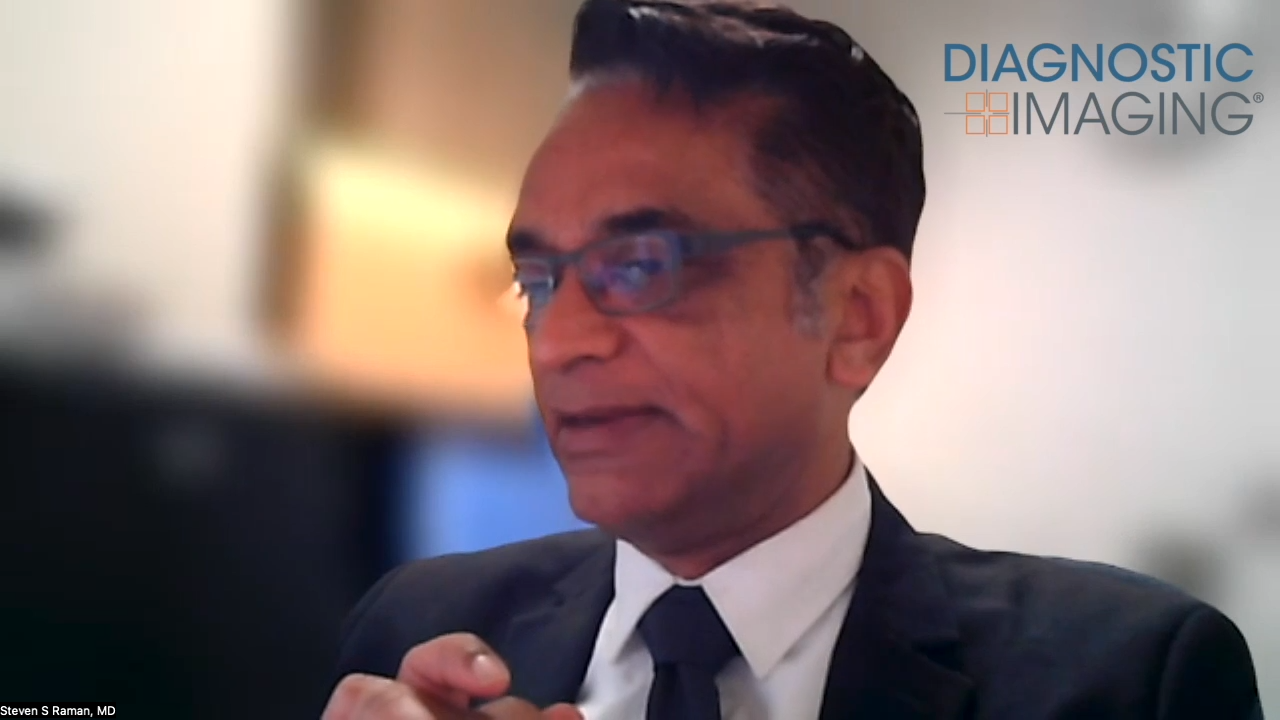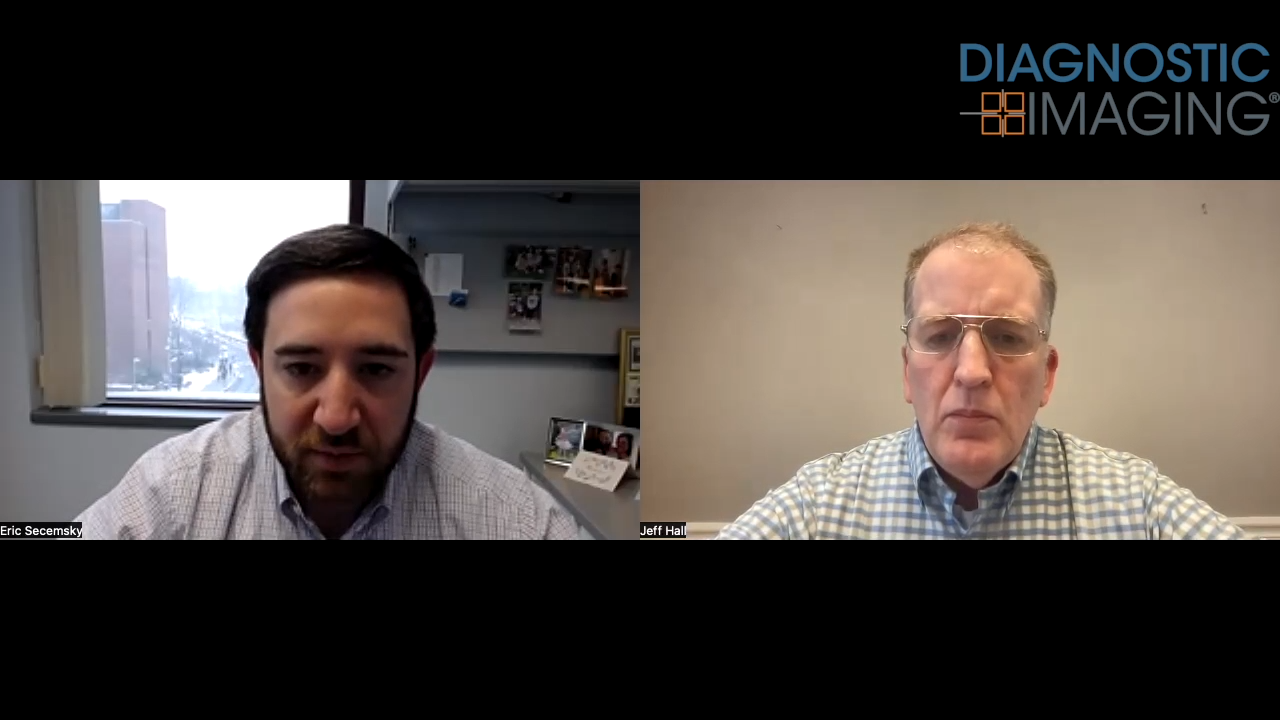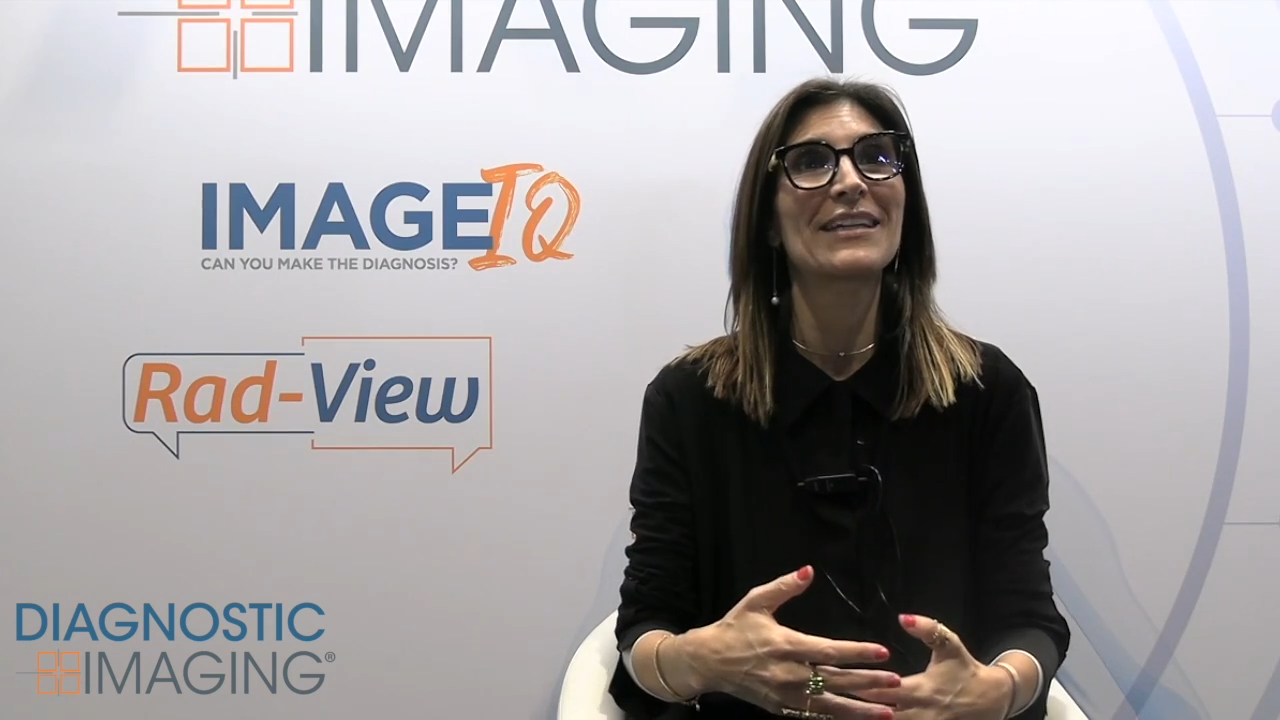Tomosynthesis After Screening Mammography May Reduce Recall Rates
Fewer ultrasounds and biopsies were seen for women referred for breast tomosynthesis after recall for focal asymmetric density following screening mammography.
Performing breast tomosynthesis among women recalled for focal asymmetric density after a screening mammography results in fewer ultrasounds, fewer biopsies and higher positive predictive value (PPV) for cancer, according to a study presented today at the 2014 ARRS Annual Meeting in San Diego, Calif.
“Tomosynthesis has been evaluated in screening populations and been shown to decrease recall rates, but studies in the diagnostic setting are lacking,” researcher Brandi Nicholson said in a release.
To address this issue, researchers from the University of Virginia in Charlottesville compared tomosynthesis to 2D diagnostic imaging for 532 women recalled for a focal asymmetric density (FAD) at screening. The researchers retrospectively reviewed patients who had been recalled from screening for both one and two view FAD in three groups: 238 in the pre-tomo group (PT) from July to October 2011, 145 in a no-tomo (NT) and 149 in a yes-tomo (YT) group from April to July 2012 imaged and interpreted at their institution. Tomo imaging was dual acquisition.
The findings showed that ultrasounds were performed significantly less often in the YT group than in both the PT group and the NT group. However the number of ultrasounds was similar for the PT and NT groups. In addition, the researchers found that the PPV was increased in the YT group, compared with both the PT and NT groups.
What New Research Reveals About Novice Use of AI-Guided Cardiac Ultrasound
April 4th 2025In a study recently presented at the American College of Cardiology (ACC) conference, researchers found that novice use of AI-guided cardiac ultrasound after an AI-enabled electrocardiogram increased the positive predictive value for reduced left ventricular ejection fraction (LVEF) or aortic valve stenosis by 33 percent.
New AI-Enabled Portable Ultrasound May Facilitate 50 Percent Reduction in Cardiac Imaging Scan Time
March 28th 2025Artificial intelligence (AI)-powered measurement capabilities provide key features with the Compact Ultrasound 5500CV device, which was unveiled at the American College of Cardiology (ACC) conference.
AI-Initiated Recalls After Screening Mammography Demonstrate Higher PPV for Breast Cancer
March 18th 2025While recalls initiated by one of two reviewing radiologists after screening mammography were nearly 10 percent higher than recalls initiated by an AI software, the AI-initiated recalls had an 85 percent higher positive predictive value for breast cancer, according to a new study.










